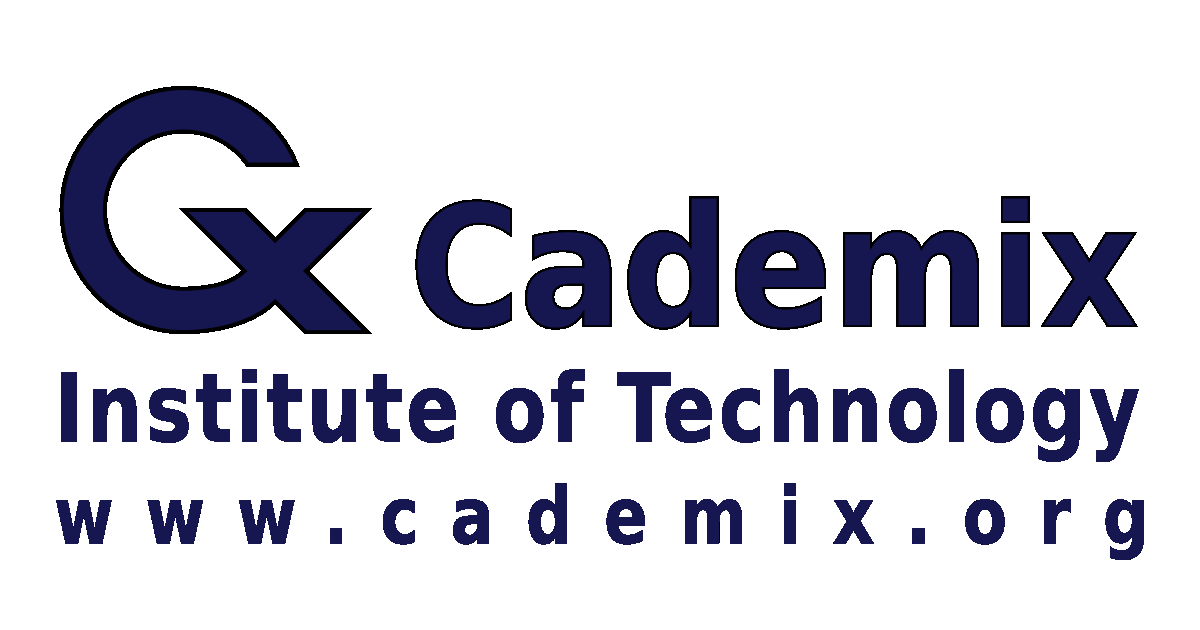This article explores the challenges and strategies for maintaining agility within a non-agile environments, emphasizing the importance of understanding organizational dynamics, generational differences, and sector-specific constraints. It offers practical solutions such as gaining senior support, respecting existing processes, effective communication, and gradual implementation of agile practices to achieve continuous improvement and successfully integrate agile methodologies.
Navigating an agile team in a non-agile environment presents both opportunities and challenges. High performance and consistent progress are hallmarks of agile teams, but they can face significant obstacles when operating within traditional, less flexible organizational structures. This article explores the intricacies of maintaining agility within non-agile environments, offering comprehensive strategies for overcoming common challenges across products and services.

Understanding the Environment
Agile methodologies emphasize flexibility, continuous improvement, and customer-centric development. However, when agile teams operate within non-agile environments, they often encounter resistance due to differing attitudes and a lack of flexibility. Established procedures in traditional environments can impede progress, limiting the team’s agility.
Agile teams thrive on quick iterations, frequent feedback, and adaptability. Non-agile environments, on the other hand, often rely on rigid processes, hierarchical decision-making, and long-term planning. This fundamental difference can create friction, as agile teams may find it challenging to align their workflows with the slower, more structured approach of non-agile counterparts.
Employees in large or conventional industries frequently feel frustrated by external constraints despite their belief in agile principles. It can feel like driving a high-performance car through heavy traffic—potential is there, but progress is hindered. Understanding and addressing these constraints is critical for achieving agility.

Generational Differences for Agility Within a Non-Agile Environment
Workplaces today consist of various generations with distinct values and work preferences. This diversity can impact the adoption and implementation of agile methodologies.
Older employees may prefer traditional methods, valuing stability, and predictability. Younger generations, conversely, lean towards agile methodologies, appreciating flexibility, innovation, and rapid feedback. Bridging this generational gap requires a nuanced approach that respects the values of all employees while promoting agile principles.
Effective communication is essential for fostering understanding and collaboration across generations. Providing training on agile methodologies tailored to different learning styles can help in building a cohesive, agile-minded team. Encouraging cross-generational mentorship can also facilitate knowledge sharing and mutual respect.

Recognizing Sector Differences
Certain sectors are inherently less agile due to their nature. Recognizing these differences is crucial for setting realistic expectations and developing appropriate strategies.
Examples of less agile sectors include enterprise software, which involves complex, large-scale systems with long development cycles, and hardware, which requires extensive prototyping and testing. Highly regulated industries such as banking, insurance, healthcare, and national security have stringent compliance requirements that can slow down processes.
Agile principles can be adapted to fit the constraints of these sectors. For instance, in highly regulated industries, agile teams can focus on incremental improvements within the regulatory framework. This approach ensures compliance while maintaining agility.
Strategies for Integration
Securing support from senior management is crucial for fostering an agile culture. This top-down endorsement can influence the entire organization. Encourage senior leaders to publicly pledge their support for agile initiatives.
Respecting existing processes is vital. Take the time to learn how the organization currently operates. Respecting existing processes shows that agile is not about imposing change but enhancing current practices. Introduce agile practices gradually, ensuring they complement rather than disrupt existing workflows.
Effective communication is key. Use language that non-agile colleagues understand. Avoid agile jargon when communicating with other teams to prevent misunderstandings. Facilitate regular meetings and discussions to align expectations and foster collaboration between agile and non-agile teams.
Proactively engage by regularly demonstrating the team’s work to stakeholders. This proactive approach helps in showcasing the benefits of agile methodologies. Actively seek feedback from other teams and stakeholders to improve processes and foster a collaborative environment.
Focus on small, regular adjustments rather than large-scale changes. This approach minimizes disruption and demonstrates the value of agile practices. Track and showcase the positive impact of these small changes to build credibility and support.
Scale the team gradually, bringing in new members with the necessary expertise. This organic growth ensures that the team maintains its agility. Provide tailored onboarding and training for new team members to align them with agile practices.

Addressing Resistance for Agility Within a Non-Agile Environment
Resistance to change is a common challenge when implementing agile methodologies in non-agile environments. Addressing this resistance requires a strategic approach. Resistance often stems from fear of the unknown, comfort with the status quo, or perceived threats to job security. Understanding these root causes is the first step in addressing them.
Building trust is essential. Maintain transparency about the goals and benefits of agile methodologies. Clear communication can alleviate fears and build trust. Involve employees in the transition process. Seeking their input and addressing their concerns can foster a sense of ownership and reduce resistance.
Provide support through comprehensive training and resources to help employees adapt to agile practices. Support systems such as mentoring and coaching can also be beneficial. Celebrate small wins and milestones to build momentum and demonstrate the effectiveness of agile methodologies.
Case Studies and Real-World Examples
Examining real-world examples can provide valuable insights into successfully implementing agile practices within non-agile environments.
For instance, a traditional bank successfully implemented agile practices by securing executive support, creating cross-functional teams that included members from both agile and non-agile departments, and focusing on customer-centric projects that showed quick results. These efforts helped build trust and demonstrate the value of agile practices.
In another example, a healthcare organization integrated agile methodologies by understanding regulatory constraints, focusing on iterative improvements in patient care processes, and continuously fostering an agile mindset across the organization. These steps led to noticeable enhancements in service delivery and long-term success.
For more detailed examples and insights, you can explore Cademix Magazine for related articles and success stories.
Measuring Success
Measuring the success of agile practices in non-agile environments is crucial for continuous improvement and demonstrating value. Key performance indicators (KPIs) include delivery speed, quality metrics, team satisfaction, and stakeholder feedback.
Conduct regular retrospectives to identify areas for improvement and implement changes. Benchmark performance metrics against industry standards to assess progress and set realistic goals. This continuous improvement approach ensures that agile teams can thrive even within non-agile environments, achieving agility and driving continuous improvement.

Conclusion
Maintaining agility within non-agile environments is challenging but achievable with the right strategies. By understanding the dynamics of agile vs. non-agile practices, addressing generational differences, and recognizing sector-specific constraints, teams can effectively integrate agile methodologies. Seeking senior support, respecting existing processes, communicating effectively, and adopting a proactive, incremental approach are key to success.
Real-world examples and continuous measurement of success further reinforce the value of agile practices. For further guidance, consider participating in Cademix Career Center events for more insights.
This comprehensive approach ensures that agile teams can thrive even within non-agile environments, achieving agility and driving continuous improvement.

